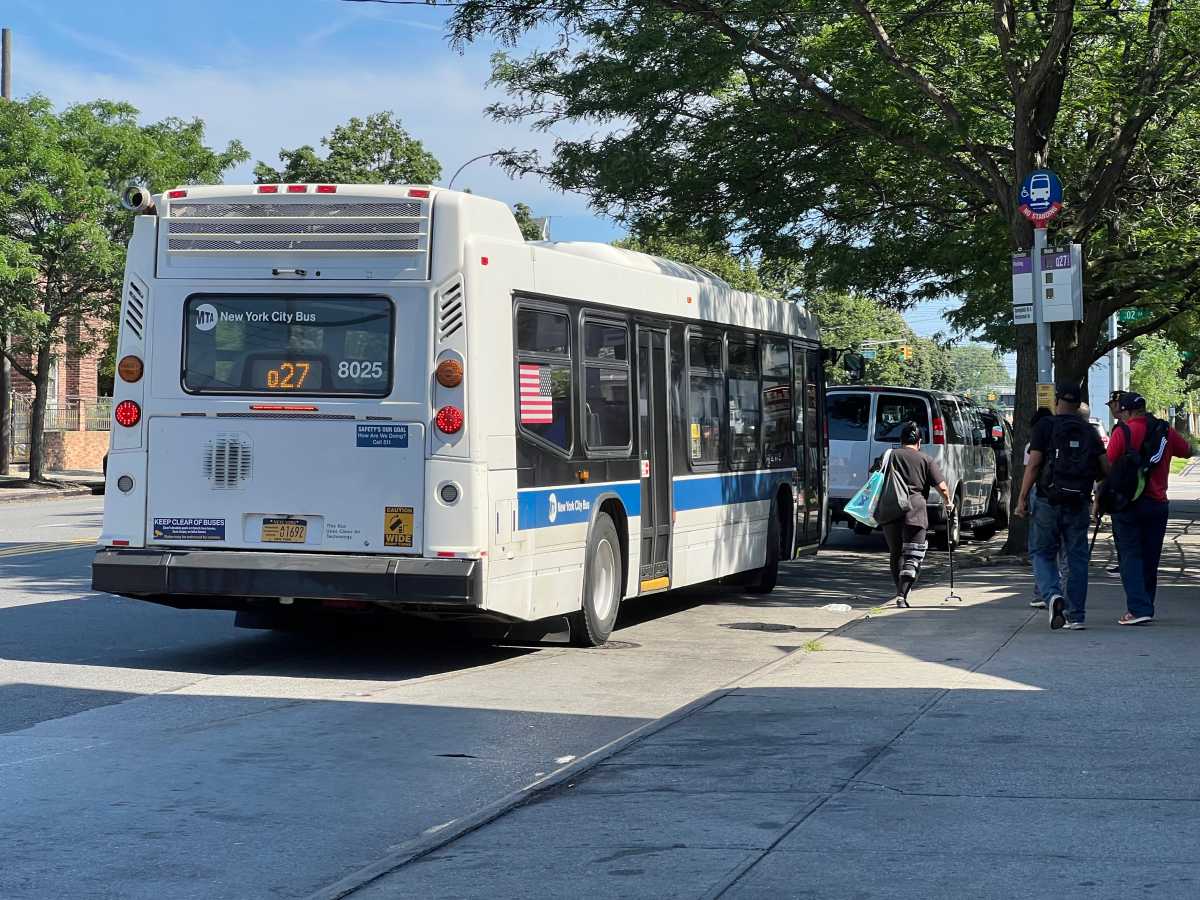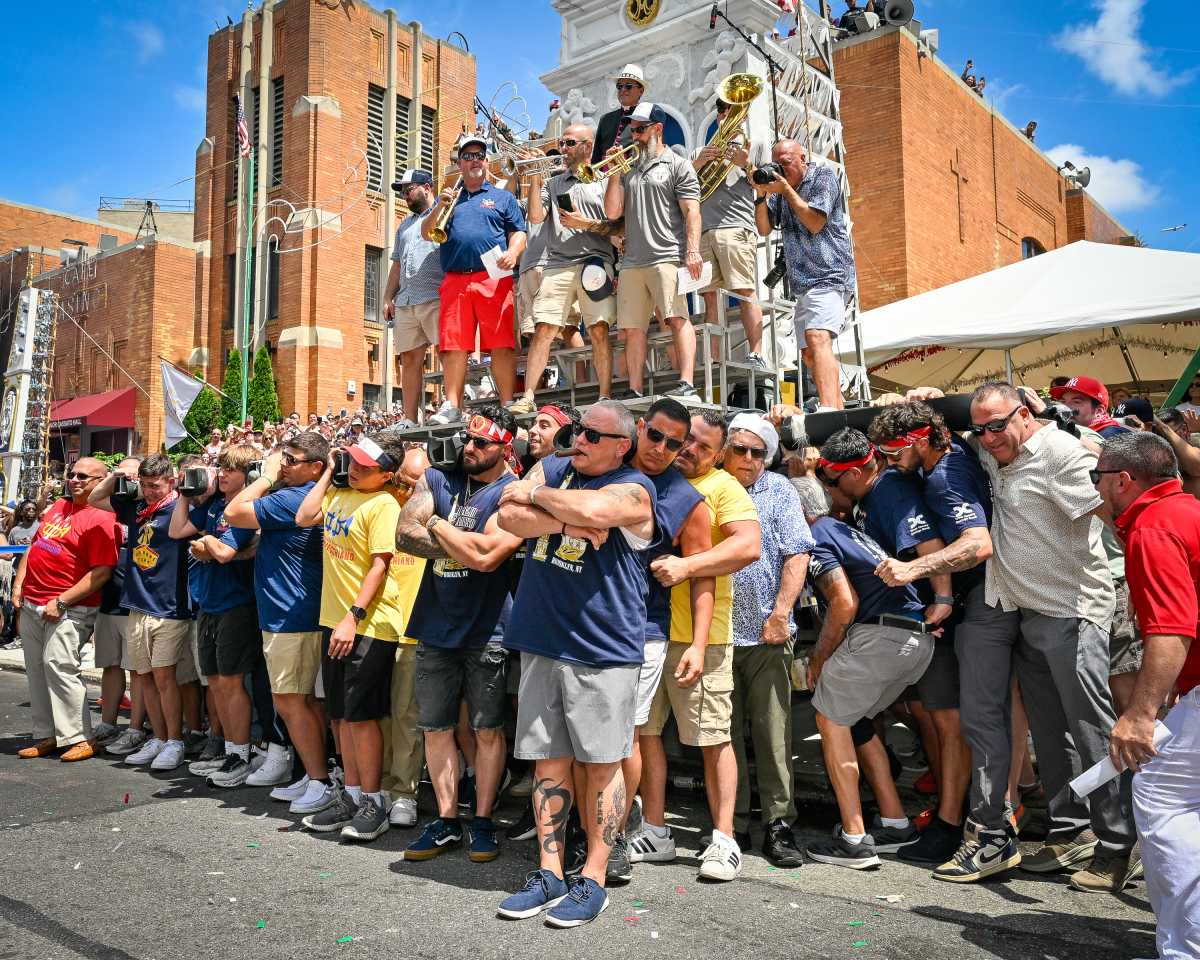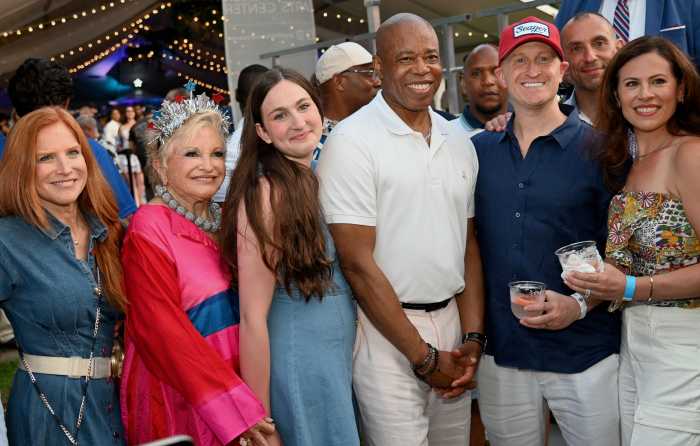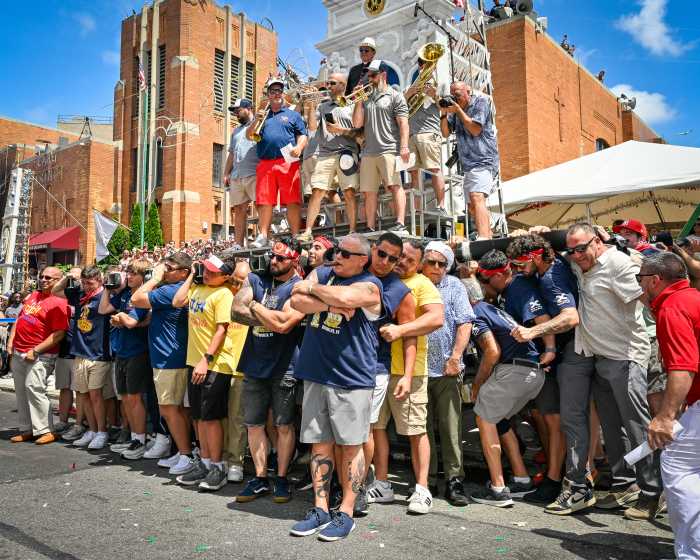
BY ALINE REYNOLDS | Community Board 1 Vice Chair Catherine McVay Hughes is a newly appointed member of the World Trade Center Health Program’s Scientific and Technical Advisory Committee, charged with reviewing scientific and medical data in order to recommend additonal illnesses to be covered under the 9/11 Heatlh and Compensation Act. McVay Hughes reflects on the 10th anniversary weekend of 9/11, discusses the objectives of the committee and talks about traffic and construction Downtown.
How do you think things went Downtown on the weekend of the anniversary of 9/11? What was the most poignant part for you?
It seemed to go very well. There was minimal impact on the [Lower Manhattan] community, except in the immediate area. On Sunday, we had dinner at our friends’ apartment on Liberty Street, which overlooks the W.T.C. site. They live right next to the [F.D.N.Y. Ten] firehouse, so we could hear the firefighters’ bagpipe performance and watched the procession from the window. We recalled having been exiled from our homes for some time after 9/11 and reflected over the past decade. It was very special.
Was it difficult to navigate the area on the day of the anniversary?
Yes. We understand the precautions that are taken, but we all look forward to the day when these checkpoints and barricades will no longer be necessary and when we can walk freely through the W.T.C site and around the perimeter. My friends were in the lockdown zone, so we had to go through several checkpoints to visit them on the anniversary weekend. We almost didn’t get through.
How often will the Scientific and Technical Advisory Committee meet? What do you hope to accomplish as a member of the group?
The committee will meet several times a year in New York City, as I understand. The first [meeting] will be in November. I would expect that information would be distributed prior to the meetings so that we could be as prepared as possible.
My personal goal is to represent the surrounding community as best as I can. I would like to have the opportunity to look at all the data so that intelligent decisions can be made, such as some forms of cancer being added to the list of illnesses covered by the law.
What makes you qualified to be on the committee?
I fall under the category of “eligible-certified survivors.” As a resident who has lived through the rebuilding of our community for the last decade, I can bring the first-hand experience that someone else may not be familiar with. I have participated in lung studies several times at the W.T.C. Center of Excellence at Bellevue Hospital. And, like many other residents Downtown, I have reactive airway disease (R.A.D.) and a heightened sensitivity to dust.
What professional experience do you bring to the table?
I worked at the New York Public Interest Research Group for 10 years. One of the projects I spent a lot of time on was lead poisoning prevention and safe construction in public schools. I co-authored a book called “Get the Lead Out,” the first handbook on childhood lead poisoning prevention, and I helped advocate for the passage of a law that required lead testing in young children on a State-wide basis. I am also an engineer by training: after college, I worked in the construction field for several years, where I learned about dust suppression on construction sites.
I know you’re a big fan of the Lower Manhattan Construction Command Center. What has the agency helped to achieve thus far, and which project(s) are you anxious to see completed?
The thing that we’re most proud of, which the L.M.C.C.C. helped with, is keeping Vesey Street between Church Street and West Broadway open to pedestrian traffic. Everybody rallied together to make that happen. Keeping Broadway south of Vesey Street accessible to all vehicles was also a big win for the community in partnership with the City Department of Transportation. We now look forward to the completion of West Street, so we can cross at street grade and no longer have to walk up the stairs of the Vesey Street pedestrian bridge.
Are there certain highly congested street(s) that you try to avoid altogether when walking around Downtown?
The corner of Church and Vesey Streets has more pedestrian traffic than any other corner in the City, including Times Square. At peak rush hour, I’ll try to find an alternate path.
































